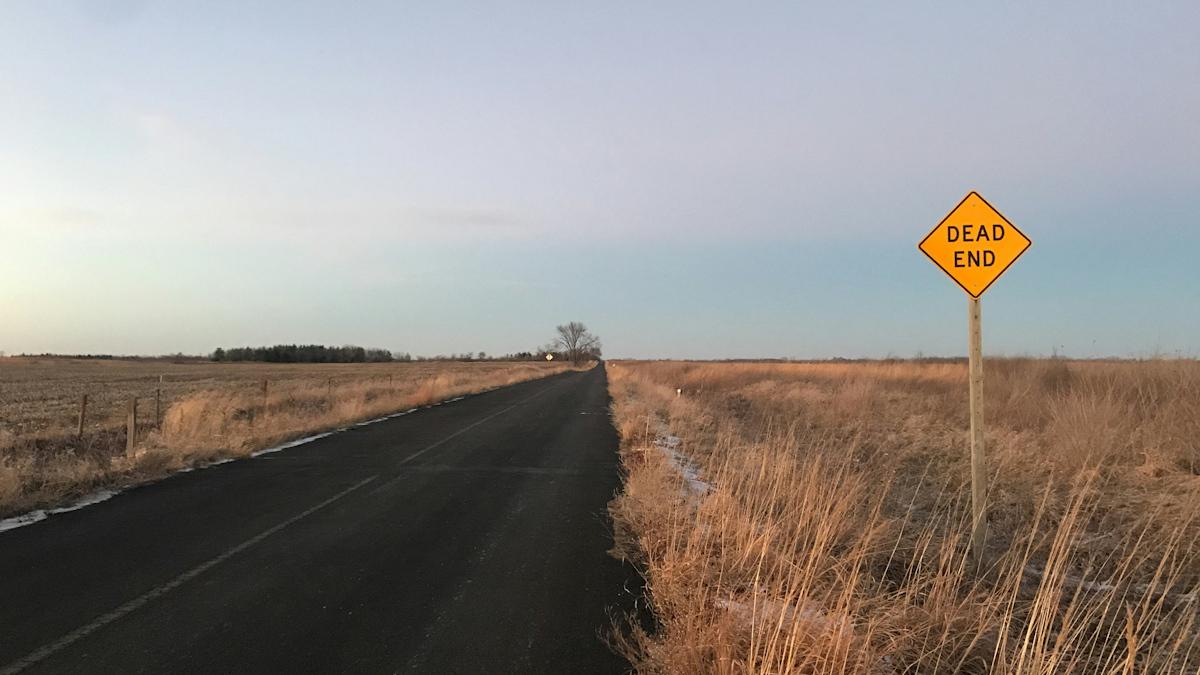As 'big three' oncology meds lose sales, Roche looks to file subcutaneous breast cancer combo

A subcutaneous formulation of Roche’s Perjeta and Herceptin breast cancer drugs works as well as an original intravenous (IV) version, a study has shown.
Roche’s Genentech unit is developing a subcutaneous version of the fixed-dose combination for HER2-positive breast cancer, which takes minutes to administer instead of around two and a half hours using standard IV versions.
As well as discovering and marketing new drugs the Swiss pharma is also tweaking already approved therapies to make them more attractive.
It’s all part of a strategy to optimise sales as after many years of blockbuster sales totalling more than $20 million a year, Roche’s “big three” cancer drugs – Herceptin, Rituxan, and Avastin – are under threat from cheaper biosimilars.
Perjeta is one of its newer cancer drugs, which the company hopes will offset some of the sales lost because of the cheaper competition.
Creating more patient-friendly subcutaneous formulations could encourage doctors to prescribe Roche’s combination, and could also help stave off competition in five years’ time when Perjeta’s patents start to expire.
It's a trick Roche has already tried with Herceptin and Rituxan, which both have subcutaneous formulations approved by the the FDA.
Sales of Perjeta exceeded $1.7 billion in the first half of this year, up 34% compared with the first half of 2018, while the Herceptin, Rituxan, and Avastin all lost traction.
Roche said it will file results of the phase 3 FeDeriCa study with regulators worldwide including Europe and the US.
The non-inferiority study showing equivalent levels in the blood when administered with IV chemotherapy compared with the standard IV infusion in people with HER2-positive early breast cancer.
Roche said the safety profile of the subcutaneous Perjeta (pertuzumab) and Herceptin (trastuzumab) was consistent with that of IV Perjeta and Herceptin.
Subcutaneous administration takes around eight minutes for the first loading dose, and around eight minutes for maintenance doses.
This compares with 150 minutes for a typical intravenous loading dose of Perjeta and Herceptin using standard IV formulations, and between 60-150 minutes for subsequent maintenance infusions.
Instead of asking for a trial to measure efficacy, regulators have smoothed the way to market for the subcutaneous drug by asking for a pharmacokinetics study with a primary goal of minimum levels of Perjeta in the blood during a given dosing interval.
Sandra Horning, chief medical officer and head of global product development at Roche, said: “With this single injection under the skin, people with HER2-positive breast cancer receiving Perjeta and Herceptin can have a faster treatment option.”












